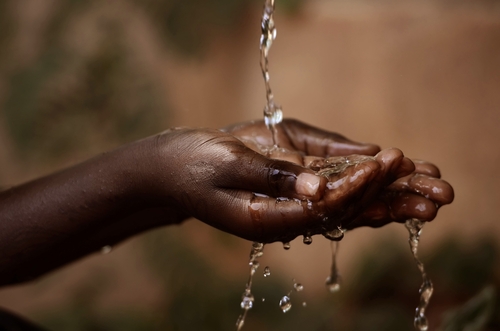
Water for society – Including all
World Water Week, the leading annual event on global water issues, was held in Stockholm from August 25-30, 2019. https://www.worldwaterweek.org World
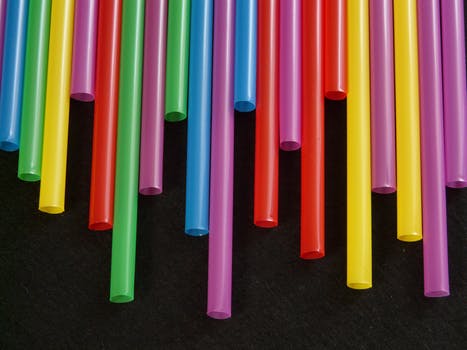
Share with Friends

By now we have all heard about the many pollutants in our drinking water. Chlorine, fluoride, pesticides, pharmaceuticals, antibiotics and hormones are just some of the elements that have been found in tap water. Now, a recent study on tap water samples from around the world has revealed disturbingly high levels of plastic fibers. More than 80 percent of the samples they collected on five continents tested positive for the presence of plastic fibers. Microplastics — tiny plastic fibers and fragments — aren’t just choking the ocean; they have infested the world’s drinking water.
Why should I care?
Microplastics have been shown to absorb toxic chemicals linked to cancer and other illnesses, and then release them when consumed by fish and mammals. It’s logical to assume that they would pose the same threat to humans. Plastic waste doesn’t biodegrade, it only breaks down into smaller pieces of itself, even down to particles in nanometer scale — one-one thousandth of one-one thousandth of a millimeter. Studies show particles of that size can migrate through the intestinal wall and travel to the lymph nodes and other bodily organs.
Where does it come from?
We live in a world of disposable products & packaging and mishandled plastic waste. Synthetic clothing like fleece, polyester and acrylic emit thousands of microscopic fibres with each wash. Styrene butadiene tire dust is washed into sewers and enters the water table. Norway for examples produces a kilogram of tire and road dust each year for every person. Almost 300m tons of plastic is produced each year and, with just 20% recycled or incinerated, much of it ends up littering the air, land and sea and amounts to eight millions tons of plastic waste each year.
How bad is it?
The US had the highest contamination rate, at 94% with Lebanon and India having the next highest rates. European nations including the UK, Germany and France had the lowest contamination rate, but this was still 72%.
What can I do about it?
We use plastic products every day but by paying attention to our consumption we can greatly reduce plastic waste. Bring your own recyclable bags to shop, choose glass bottles instead of plastic, stop buying synthetic fiber clothing, and never use plastic straws.
Still, current standard water treatment systems do not filter out all of the microplastics. Best Water filtration systems remove from 5 microns to as small as .1 microns of fibers. Since most of the fibers are 10 microns in size, these filters would remove almost all of the plastic fibers from tap water.
There’s never been a better reason to buy a high quality water ionizer and filtration system. Call us and speak to one of our water specialists for more information. 877-770-5247
Share with Friends

Julia Abelsohn is a writer, editor and clinical aromatherapist. She has been sharing her expertise and passion for health and wellness for over 25 years. When not at her desk she can be found exploring the many trails and green spaces near her home in Edmonton, Alberta.
Featured
Drink healthy, hydrogen-enriched water on the go with the AOK 808
The only USA-made water ionizer filter that has certified independent test results for reducing 172 contaminants by 99.9%.
World’s most advanced natural filter, alkalizer, ionizer and hydrogen system all in one affordable package.
Follow Us
Latest Posts

World Water Week, the leading annual event on global water issues, was held in Stockholm from August 25-30, 2019. https://www.worldwaterweek.org World
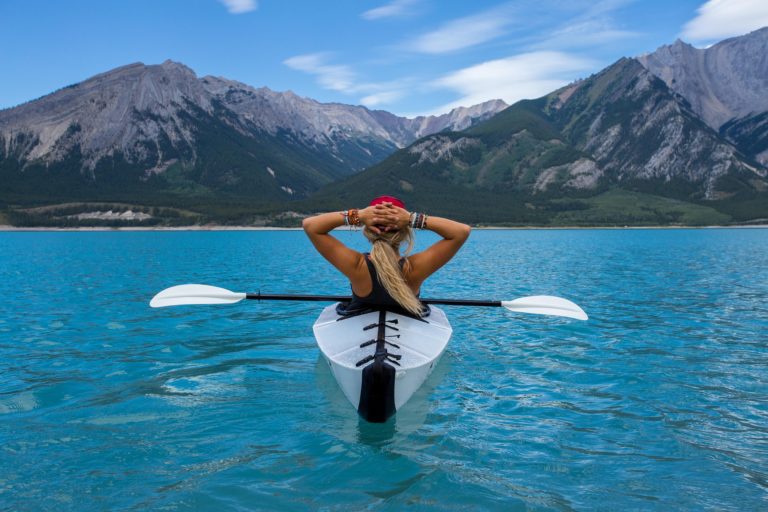
It’s Saturday morning, the sun is shining and it’s a perfect day to go out for a paddle. You grab
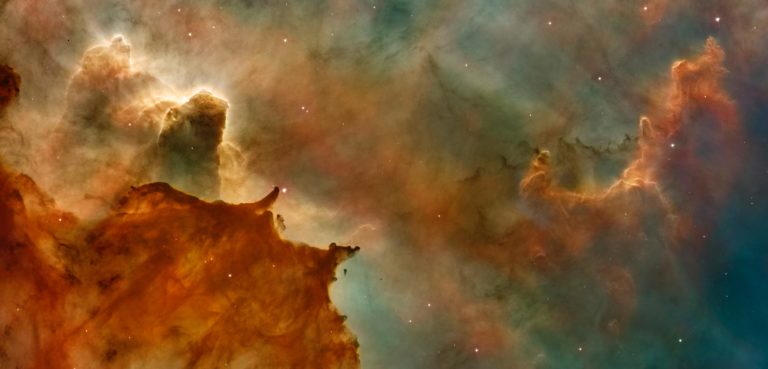
Since time immemorial scientists, philosophers and even us mere mortals have asked the question: are we alone in the universe?
Popular Posts
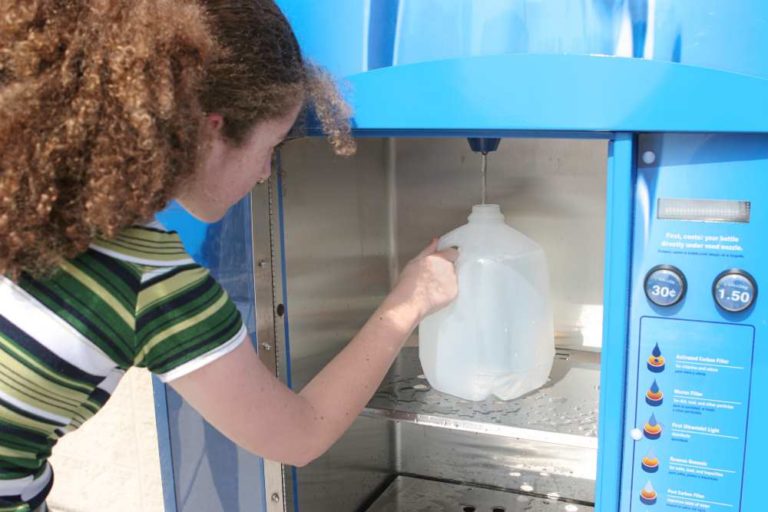
Water vending machines are as common in grocery stores as ATM machines but what kind of water are they really
For over 20 years, thousands of customers worldwide rely on Best Water for our excellent one-to-one support, high quality water ionizer products and competitive pricing. If you have any questions at all please call us. Our experienced techs are ready to help! Learn more about us.
© 2019 Best Water Inc. All Rights Reserved. Website & Branding by Elite Web Design